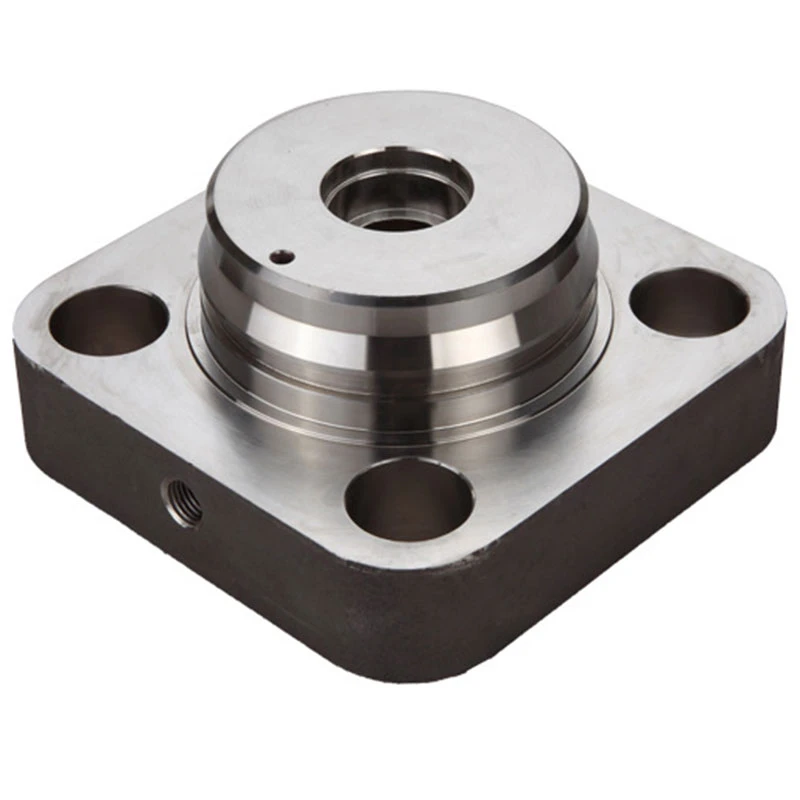Precision Techniques in Lost Wax Casting for High-Quality Parts Production
Precision Lost Wax Casting An Overview
Precision lost wax casting, also known as investment casting, is a time-honored technique that has evolved into a sophisticated manufacturing process vital for the production of complex metal parts in various industries. This method is renowned for its precision, ability to create intricate designs, and the flexibility to use a wide range of materials. Understanding its principles, process, and applications is essential for industries that rely on high-quality metal components.
The Principles of Lost Wax Casting
The lost wax casting process begins with the creation of a wax pattern that replicates the desired shape of the final part. This pattern is coated with a ceramic shell, which hardens upon heating. Once the ceramic is cured, the wax is melted and drained away, leaving a hollow cavity that mirrors the original pattern. Molten metal is then poured into this cavity to create a precise replica of the wax pattern.
One of the key advantages of this method is precision. The ceramic shell can capture very fine details in the pattern, making it possible to produce components with intricate designs and tight tolerances. Furthermore, because the wax is completely eliminated before the metal is poured, there is minimal chance of defects, ensuring a high-quality finish on the final product.
The Lost Wax Casting Process
1. Pattern Creation This initial step involves manufacturing a wax pattern, which can be done using injection molding or 3D printing. The choice of technique will depend on the complexity and precision required for the final piece.
2. Shell Building The wax pattern is repeatedly coated in a refractory material to create a shell. Traditional methods involve ceramic slurries, while newer techniques may utilize various coatings to optimize strength and surface finish.
3. Wax Removal Once the shell is sufficiently hardened, it is heated to melt and drain away the wax. This stage is crucial as it defines the cavity’s space in which the metal will flow.
precision lost wax casting parts

5. Metal Pouring The mold is then heated, and molten metal is poured into it. The type of metal used can vary—aluminum, stainless steel, bronze, and other alloys are commonly utilized due to their favorable casting properties.
6. Cooling and Shell Removal After the metal has cooled and solidified, the ceramic shell is broken away, revealing the finished metal component.
7. Finishing Touches The final stage involves cleaning, machining, or additional finishing treatments to meet the precise specifications and surface finish requirements.
Applications of Precision Lost Wax Casting
Precision lost wax casting is utilized across various industries due to its versatility and capability to meet stringent quality standards. Some notable applications include
- Aerospace Component manufacturing for aircraft engines and structural parts, where performance and weight are critical. - Automotive Production of complex engine parts, transmission components, and other precision-engineered elements essential for vehicle reliability. - Medical Equipment Creation of surgical instruments and implants where precision and biocompatibility are paramount. - Jewelry Crafting intricate jewelry items that highlight the aesthetic and detailed work achievable through this method.
Conclusion
In conclusion, precision lost wax casting is an invaluable technique in modern manufacturing, known for its ability to produce complex, highly detailed, and precise metal components. By understanding the process and its applications, industries can leverage its advantages to enhance product quality and performance while reducing waste and production costs. As technology progresses, advancements in lost wax casting techniques promise even greater efficiency and broader applications, making it a fundamental aspect of the manufacturing landscape.
-
Aluminium Pressure Die Casting High-Precision & Durable Solutions for Complex PartsNewsJul.08,2025
-
Top Aluminum Sand Castings Manufacturer – Precision Green Sand Castings for Industrial NeedsNewsJul.08,2025
-
Precision Lost Wax Casting Quotes – High Accuracy Custom Parts Lost Wax Precision Casting ServicesNewsJul.07,2025
-
High-Quality Sand Used for Casting - Superior Sand for Sand Casting ProcessesNewsJul.07,2025
-
China Supply High End Metal Stamping Parts Sino - Precision Manufacturing FactoryNewsJul.06,2025
-
High-Quality Automotive Investment Casting Services Precision & Sand Casting SolutionsNewsJul.06,2025















